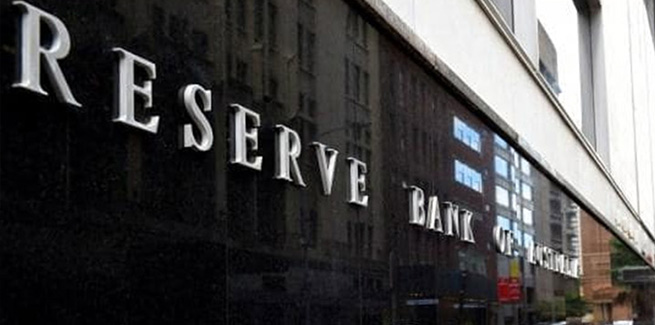In an address to the AFR Business Summit, Reserve Bank of Australia (RBA) governor Philip Lowe noted that higher bond yields in the recent past have seen the bringing forward of the timing of expected increases in official cash rates.
Mr Lowe said the current market pricing could suggest an expectation that some central banks around the world could increase policy rates in 2022 and 2023. However, he added that the change in expectations have come despite expected inflation remaining below the threshold established by central banks to warrant higher rates.
Commenting on whether these global expectations are mirrored in Australia, Mr Lowe said: “Over the past couple of weeks, market pricing has implied an expectation of possible increases in the cash rate as early as late next year and then again in 2023.
“Reflecting these global developments, we have seen a similar move in market expectations about future policy rates in Australia.
“This is not an expectation that we share.”
The RBA held the official cash rate at the current record low of 0.10 per cent during its March board meeting, while bringing forward bond purchases under the bond purchase program and stating that the bank is willing to make more changes to its purchases if necessary.
Mr Lowe has said in the past that the RBA is targeting a sustainable inflation range between 2 and 3 per cent in order to increase rates.
Addressing the question of when this condition for a higher cash rate would be met at the summit, Mr Lowe said that for inflation to be sustainably within this range, it is likely that wages growth would need to be “sustainably above 3 per cent”.
“This is assuming that Australia generates ongoing growth in labour productivity and that the profit share of national income does not continue to trend higher,” he said.
“The evidence strongly suggests that this will not occur quickly and that it will require a tight labour market to be sustained for some time.
“Predicting how long it will take is inherently difficult, so there is room for different views. But our judgement is that we are unlikely to see wages growth consistent with the inflation target before 2024. This is the basis for our assessment that the cash rate is very likely to remain at its current level until at least 2024.”
The RBA’s loose monetary policy (combined with fiscal policy) has resulted in low financing costs, contributed to a lower exchange rate than otherwise, and supported the supply of credit to businesses, Mr Lowe said.
However, he emphasised at the summit that the stimulus is not just about achieving its inflation target range but also about “achieving the maximum possible sustainable level of employment in Australia”.
Careful watch over lending standards
The RBA governor also addressed the housing market at the summit, stating that the central bank is continuing to “pay close attention to lending standards”, particularly due to the combination of low interest rates and rising house prices.
“Looser standards would increase medium-term risks and add to the upward pressure on prices, so would be of concern,” he said
“Reflecting this, the Council of Financial Regulators has indicated that it would consider possible responses should lending standards deteriorate and financial risks increase. We are not at this point, but we are watching carefully.”
Last year, Mr Lowe lent his support for the proposal to scrap responsible lending laws “in the spirit of reducing unnecessary regulatory burden”.
Mr Lowe reiterated at the summit that the RBA does not target house prices, adding that “nor would it make sense to do so”.
He recognised that low interest rates are one of the contributing factors to steeper property prices, which he said is of concern for many people.
However, he argued that “there are various tools, other than higher interest rates, to address these concerns, leaving monetary policy to maintain its strong focus on the recovery in the economy, jobs and wages”.
[Related: Arrears rise as mortgage relief periods end: S&P]
 ;
;
